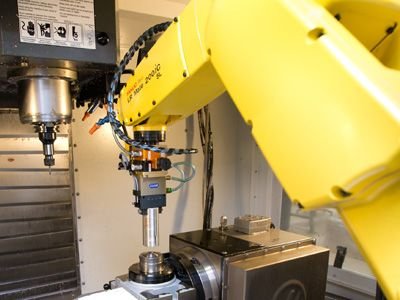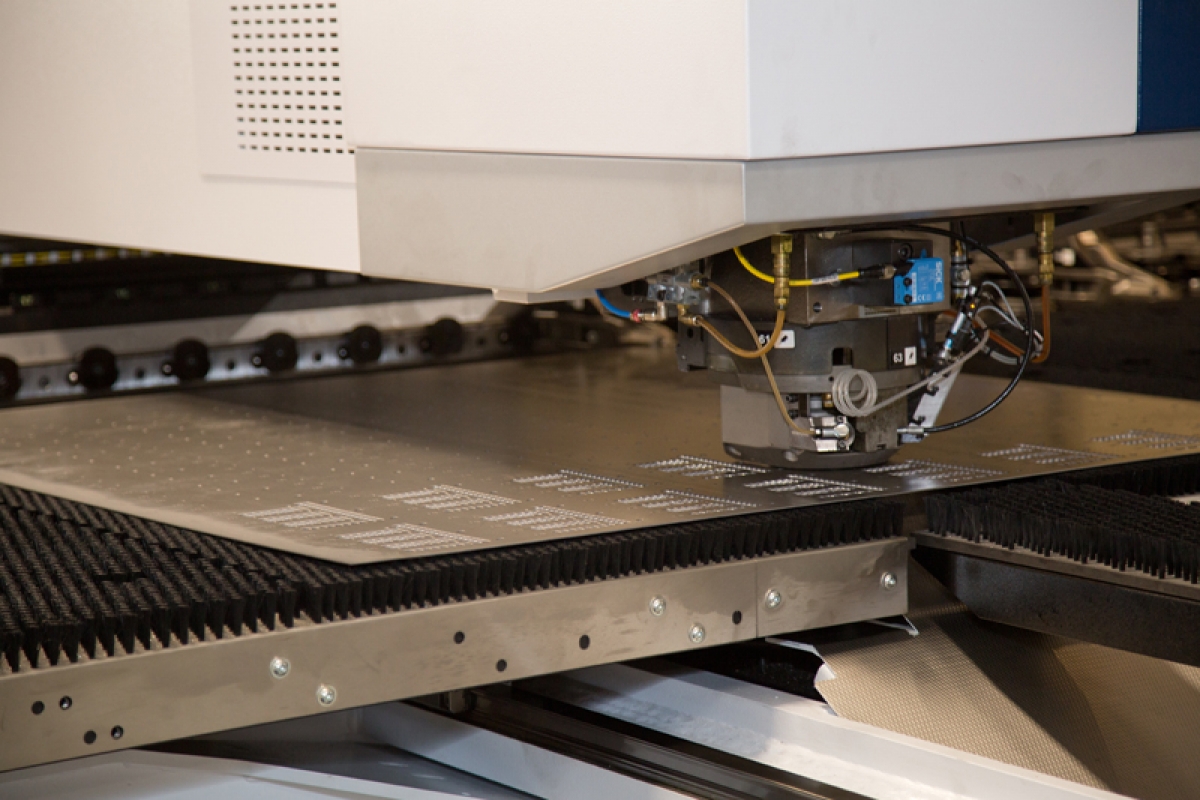

Most of the labor in this caseĬame from people that lived in the countryside and worked in agriculture. Increase of 4,400% in the span of 27 years. Persons engaged in the production of cotton textiles had risen to 320,000– an Due to the increase in demand, by 1787 the number of Machine by Richard Arkwright there were 7,900 people engaged in the production Industry? In 1760 in England, before the invention of the cotton-spinning What about the effect on the number of workers in the textile The productivity gains drove costs and prices down, which in turn significantly The productivity gains wereĮxtraordinary: much more goods could be produced with the same (or less) Repetitive tasks in the textile industry. Industrial revolution started at the end of the 18 th century inĮngland, the first machines were quite rudimentary and were applied to very Machines do not have a Hierarchy of Needs, although Machines don’t have moods (yet) and can work 7 x 24 hours without degradation The other hand can perform tasks at a very high-speed with very high precision. Hierarchy, self-actualization (desire to realize one’s potential). Then esteem (respect, self-esteem, status, recognition) and at the top of the Of needs, starting with the base of the hierarch, physiological needs (water,įood, rest, shelter, clothing) then safety needs (health, personal security,Įmployment, property) then love and belonging (friendship, intimacy, family) According to the Maslow Hierarchy of Needs, humans have increasing levels Sometimes make mistakes they get bored with repetitive tasks and they also Only perform tasks at a certain speed and with certain precision they However, humans also have limitations: they can They have great dexterity, versatility, adaptability andĪbove all, great intelligence. (even if sometimes supplemented with animal physical labor).įormidable workers. The history of mankind, work consisted essentially of human physical labor In 1955 and was given its first real-life test by General Motors in 1982. As no humans are present, the lights can be turned off (or there canĮven be no lights) and hence this type of manufacturing is also called alsoĬalled “dark factory.” The concept of lights-out factories started Refers to factories that run fully automated and thus require no humans

Prevent the human from touching anything.” The human is there to feed the dog, and the dog is there to Very well-known joke about the perfect factory: “It runs with only one humanĪnd one dog.


 0 kommentar(er)
0 kommentar(er)
